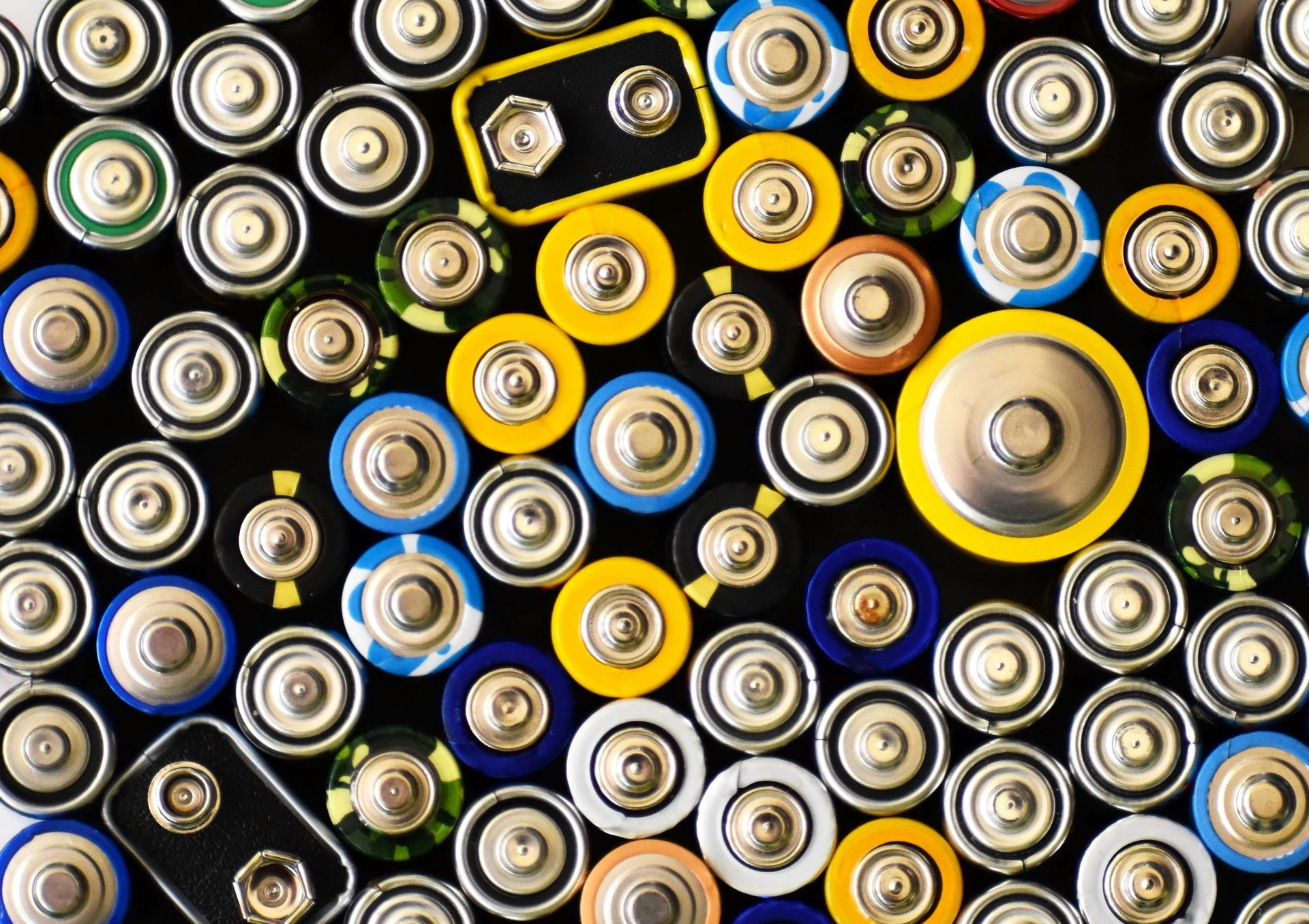9 areas where China is leading the way in cutting-edge research
See how China is leading with achievements in astronomy, supercomputing, artificial intelligence, and more
Between 2000 and 2025, China's net exports of manufactured goods increased 25-fold, turning the country into a manufacturing superpower. Low labor costs, support from the Chinese government, and large economies of scale contributed to the unprecedented boom.
Once China's manufacturing growth plateaued, however, government officials quickly shifted their focus to high-impact R&D. This transformation is reshaping business, politics, and education.
Although many breakthroughs build on foundational work done in the United States and other countries, China's R&D future is bright. Here are nine areas where China is leading the way in cutting-edge research.
1 / 18
1. Quantum computing and communications

Photo by Negative Space
Quantum computing uses the principles of physics to solve complex problems that standard computers can't resolve. The field is complex, so many proposed applications are purely theoretical, but China is leading the pack when it comes to quantum computing and communications research.
China's achievements include ultra-secure communications, quantum satellites, and "quantum supremacy." Also called quantum computational advantage, quantum supremacy refers to the point at which quantum computers perform better than advanced traditional computers in certain tasks.
Further development of quantum computer chips may accelerate this research.
2 / 18
Opportunities
- International research collaboration
- Investment in quantum cryptography start-ups
- Cybersecurity and telecom companies should monitor IP activity
3 / 18
2. Supercomputing and AI infrastructure

Photo by Steve Johnson on Unsplash
The Chinese government understands the power of supercomputers to solve global problems, so it regularly invests in supercomputing projects, allowing researchers to reach new heights in the field. For example, China's National Supercomputing Center developed the Sunway TaihuLight, which is capable of performing 93 quadrillion calculations per second.
Government agencies and private companies are also following a strategic roadmap for integrating AI tools into multiple industries. China has a robust AI standards framework, which includes technical foundations, key technologies, industry applications, and ethics guidelines.
4 / 18
Opportunities
- Semiconductors and custom chip design
- Edge AI applications
- Computer science education with AI/ML focus
5 / 18
3. Lithium battery recycling and battery tech

Photo by Vardan Papikyan on Unsplash
China's Contemporary Amperex Technology Co. Ltd., better known as CATL, is the largest battery manufacturer in the world. Its lithium-iron-phosphate batteries are used to power BMW, Volkswagen, and Tesla vehicles.
China also excels at using closed-loop recycling processes, which involve turning spent lithium batteries into new batteries rather than transforming them into something completely different. Closed-loop recycling reduces waste without degrading the quality of the recycled material.
6 / 18
Opportunities
- Green energy investors
- Circular economy start-ups
- Materials engineers and chemists for next-gen battery research
7 / 18
4. Green hydrogen and renewable-energy scaling

Photo by Pixabay
China owns a majority of the world's solar manufacturing production capabilities, making it a leader in the renewable energy industry. Chinese companies have also been able to reduce the cost of alkaline electrolyzers and improve their proton exchange membrane electrolyzers. These devices split water into oxygen and hydrogen, so they have important implications for renewable energy scaling.
To support the growing hydrogen economy, China has funded several pilot projects to demonstrate the applications of clean hydrogen production. In Rugao, researchers demonstrated the use of fuel cells to operate buses.
8 / 18
Opportunities
- Joint ventures in hydrogen infrastructure
- Tech licensing deals for electrolysis advancements
- Educational opportunities in clean energy policy and engineering
9 / 18
5. Rare-earth elements development

Photo by Vlad Chețan
China is a world leader in rare-earth mining and processing, so it maintains a substantial amount of control over the rare earth supply chain. Its end-to-end value chain is so stable that other countries send most of their rare-earth elements to China for refining and purification.
Previously, the United States enjoyed dominance in the rare-earth industry. In 2024, the United States produced just 17% of China's rare-earth output.
10 / 18
Opportunities
- Mining tech companies
- ESG-compliant refining partnerships
- Materials science academic programs with rare earth focus
11 / 18
6. Space technology and lunar ambitions
In 2019, China's Chang'e spacecraft landed on the far side of the moon, a major achievement in space exploration. Its other lunar tests have continued without any significant problems, positioning China as a real contender in the modern space race.
China's Mars rover, Zhurong, discovered evidence that the Red Planet may have had sandy beaches and an ocean at some point in its existence. Tiangong, a space station, supports up to six astronauts at a time and stays in low Earth orbit.
State-owned space companies contribute funding and research expertise to these initiatives. For example, the China Aerospace Science and Technology Corporation is the country's primary space contractor.
12 / 18
Opportunities
- Aerospace partnerships
- Advanced materials R&D
- Astrophysics and space policy programs
13 / 18
7. 6G and advanced telecommunications

Photo by Wenhao Ruan on Unsplash
China is an early leader in the development of a 6G telecommunications network, conducting field tests and working to establish global standards. The country also had an effective 5G export strategy, as it provided funding and equipment to help 5G spread around the world.
To compete with U.S. companies, China is developing its own satellite internet network, which is likely to reduce data transmission times.
14 / 18
Opportunities
- Telecom operators
- Network security software firms
- Wireless systems engineering careers
15 / 18
8. Synthetic biology and bio-manufacturing

Photo by Diane Serik on Unsplash
China has been expanding production of bio-based materials, derived from living organisms. These new materials are based on glutaric diamine, lactic acid, and other substances, making them useful for product packaging, construction, and other applications.
Scientists have also used CRISPR technology to edit the human genome and invested heavily in creating meat from plants. These scientific breakthroughs have overlapping applications in the pharmaceutical and agricultural industries.
16 / 18
Opportunities
- Biotech accelerators
- Start-ups in cultivated meat, enzymes, and pharma
- Molecular biology and genetics academic programs
17 / 18
9. Smart cities and urban tech integration

Photo by Scott Webb
In China, researchers have incorporated artificial intelligence into many aspects of urban planning, such as traffic control, safety management, and housing design for ultra-high-density areas.
For example, Huawei and police in Shenzhen used AI to create a "City-wide Traffic Brain" in an attempt to ease street congestion. Urban planning professionals use AI to generate residential layouts and make adjustments as needed, allowing them to maximize the number of units in urban apartment buildings.
18 / 18
Opportunities
- Urban planning and civic tech
- IOT sensor companies
- Public policy and ethics studies


